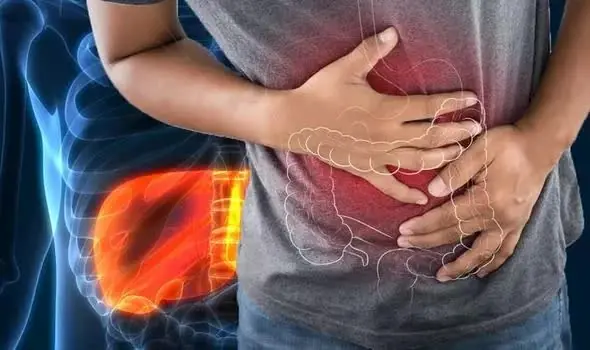
Life-Saving Insights: 10 Tips to Lower Your Stroke Risk & Recognize Early Warning Signs
Life-Saving Insights: 10 Tips to Lower Your Stroke Risk & Recognize Early Warning Signs
Stroke is a major health crisis, ranking as the fourth leading cause of death in America and a primary cause of adult disability. Alarmingly, many U.S. adults aged 45 and older may have experienced a stroke without even realizing it. Recognizing the early signs of a stroke and seeking immediate emergency medical help is crucial, as prompt treatment can significantly improve outcomes. Certain stroke medications are most effective when administered shortly after symptoms begin, and while some individuals recover completely, over two-thirds of survivors face long-term disabilities.

What Exactly is a Stroke?
Your brain relies on a constant, uninterrupted supply of blood to function properly, receiving vital nutrients and oxygen. A stroke occurs when this blood flow to a part of the brain is disrupted. This can happen in two main ways:
-
Ischemic Stroke: A blood clot blocks an artery, cutting off blood supply.
-
Hemorrhagic Stroke: An artery bursts, leading to bleeding in the brain.
When either of these events occurs, brain cells begin to die, leading to brain damage. The abilities controlled by that affected brain area—such as speech, memory, or movement—can be lost. The impact depends on where the stroke occurs in the brain and the extent of the damage, affecting both mind and body.
Strokes can range from small, causing minor weakness in an arm or leg, to large, potentially leading to paralysis on one side or complete loss of speech. While brain cells typically die shortly after a stroke begins, some can survive for a few hours if the blood supply isn't entirely cut off. Restoring blood flow quickly, within minutes or hours, can help some of these cells recover.
It's also important to be aware of a "mini-stroke" (transient ischemic attack – TIA). This is a temporary blockage that doesn't cause permanent brain damage but can produce stroke warning signs for minutes or even hours. A TIA is a critical warning sign that should never be ignored, as it indicates a high risk of a future, more severe stroke.
10 Life-Saving Tips for Lowering Your Stroke Risk
Fortunately, there are many effective ways to significantly reduce your risk of having a stroke. Incorporating these tips into your lifestyle can make a substantial difference:
-
Exercise in Moderation: Regular moderate exercise can reduce your risk of heart attack by 30% to 50%. Aim for 30 minutes of aerobic exercise at least 5 days a week. This helps maintain a healthy weight, improves heart function and blood circulation, lowers cholesterol, and keeps blood pressure at a healthy level. (This is also one of 70 habits featured in my e-book, "70 Powerful Habits For A Great Health").
-
Control Alcohol Use: Excessive alcohol consumption has been negatively linked to stroke. Drinking more than 2 drinks per day may increase stroke risk by 50%.
-
Manage Your Weight: You don't need to achieve an "ideal" weight to reduce stroke risk. Losing just 5-10% of your body weight can improve cholesterol, lower blood pressure, and reduce blood sugar. High blood pressure and cholesterol are major stroke risk factors, and people with diabetes are up to four times more likely to have a stroke.
-
Take Your Heart Medicine: A shocking fact: 130,000 Americans die annually because they don't take prescribed heart medications as directed. If you struggle with medication adherence due to side effects, cost, or forgetfulness, talk to your doctor. Finding the right medicine for you is vital.
-
Eat a Proper Nutrition: "You are what you eat" holds true for stroke prevention. A healthy diet rich in fruits, vegetables, whole grains, lean meats, and fish can reduce your stroke risk by a whopping 25%.
-
Potassium-Rich Foods: According to a study in the American Heart Association’s journal Stroke, consuming more potassium lessens your chances of having a stroke, especially in post-menopausal women. Include foods like white beans, dark leafy greens, baked potatoes (with skin), sweet potato, dried apricots, salmon, avocado, and bananas.
-
A Little Dark Chocolate: Here's some good news: several studies suggest that eating dark chocolate more than once a week can lower your risk of heart disease by almost 40%, diabetes by about 30%, and stroke by about 30%. Opt for good quality chocolate with 75% cocoa content or higher.
-
-
Don't Smoke: This may seem obvious, but it's crucial. Even second-hand smoke poses a significant risk; approximately 46,000 people die each year from heart disease linked to it. If you smoke, explore natural and scientifically proven ways to quit.
-
Avoid Illegal Drugs: Certain illegal drugs, such as cocaine and methamphetamines, are direct risk factors for stroke. Cocaine, for example, reduces blood flow and can narrow arteries, leading to stroke.
-
Treat Obstructive Sleep Apnea (OSA): Often undiagnosed, moderate to severe OSA affects about 1 in 15 adults. The Mayo Clinic notes that it can increase stroke risk by as much as three times in men. If you've been diagnosed with OSA, diligently follow your prescribed treatment.
-
Visit Your Dentist Regularly: This less obvious tip is highly beneficial: getting your teeth cleaned every 6 months may lower your risk of heart attack by 24% and stroke by 13%. Dentists can also spot early signs of heart disease, like swollen gums or loose teeth, allowing for earlier intervention.
-
Watch for Unusual Symptoms: Listen to your body and pay attention to any unusual symptoms, such as shortness of breath, changes in heart rhythm, or extreme exhaustion. Don't hesitate to make an appointment with your doctor. Guys, ditch the "macho-attitude"—your health is paramount!
Ultimately, the best steps to reduce your stroke risk are knowing your personal risk factors, diligently following your doctor's advice, and consistently adopting a healthy lifestyle.
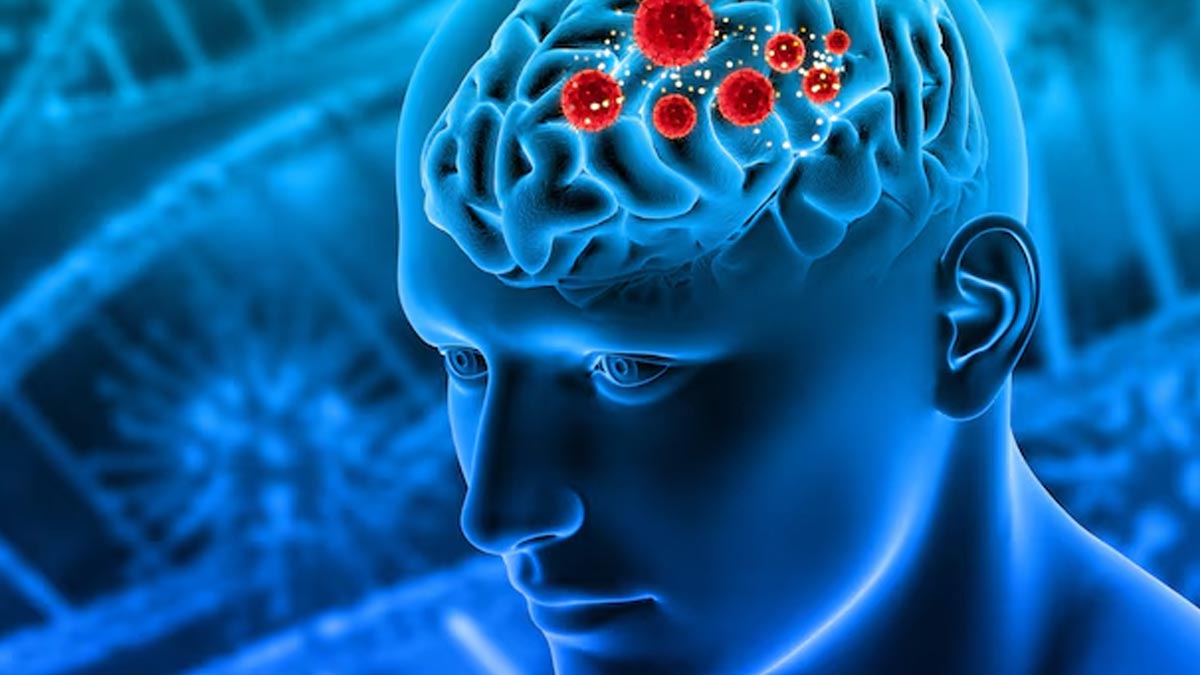
What Are The Warning Signs of a Stroke? (The "FAST" Test)
A stroke is always a medical emergency. Recognizing the symptoms and getting help as quickly as possible is vital, as immediate identification and rapid transport to the hospital can not only save a life but often allow the patient to recover without lasting damage if appropriate medical treatment is received within three hours.
Here are the possible warning signs of a stroke:
-
Sudden weakness or numbness in the face, arm, or leg, especially on one side of the body. This can range from minor weakness to complete paralysis, or a drooping face when trying to talk or smile.
-
Sudden loss of speech or difficulty understanding speech. The person may struggle to talk, form logical sentences, appear confused, or have trouble understanding statements or commands.
-
Sudden loss of vision or trouble seeing clearly, particularly in one eye.
-
Abrupt loss of sensation, such as numbness on the skin, or affected senses like smell, taste, or hearing.
-
Sudden loss of balance and coordination, possibly accompanied by vomiting, nausea, fever, or a brief loss of consciousness. Victims often struggle to walk and lose their balance.
-
Sudden and severe headache that is unusual or has no other identifiable cause. This can rapidly be followed by loss of consciousness, indicating a stroke due to bleeding.
-
Unexplained dizziness or sudden falls.
-
A decrease or loss of reflex, such as trouble swallowing when eating to the point of gagging.
If you or someone you're with shows any possible signs of stroke, do not hesitate. Get emergency medical care right away.
The "FAST" Test: A Simple Way to Recognize Stroke
If you're unsure if someone is having a stroke, use the simple "FAST" test:
-
Face – Ask the person to smile. Does one side of the face droop?
-
Arms – Ask the person to raise both arms. Does one arm drift downward or cannot be lifted?
-
Speech – Ask the person to say a simple sentence. Is their speech slurred or strange?
-
Time – If even one of these signs is present, it's time to call an ambulance immediately. Describe the signs and provide an exact location!
Please share this vital information with everyone who matters to you. For every ten people who receive it, you could help save at least one life!
News in the same category

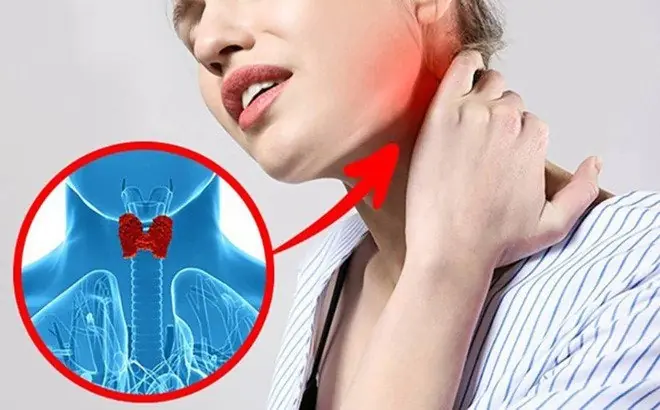
Young Woman Dies at 27 from Late-Stage Thyroid Cancer: Doctors Say It's Linked to a Pre-Bedtime Habit

A 43-Year-Old Female Teacher Diagnosed with Two Types of Cancer at Once: Warning Signs Ignored for 6 Months

Beyond the Fruit: Uncovering the Science-Backed Health Benefits of Bananas and Their Peels
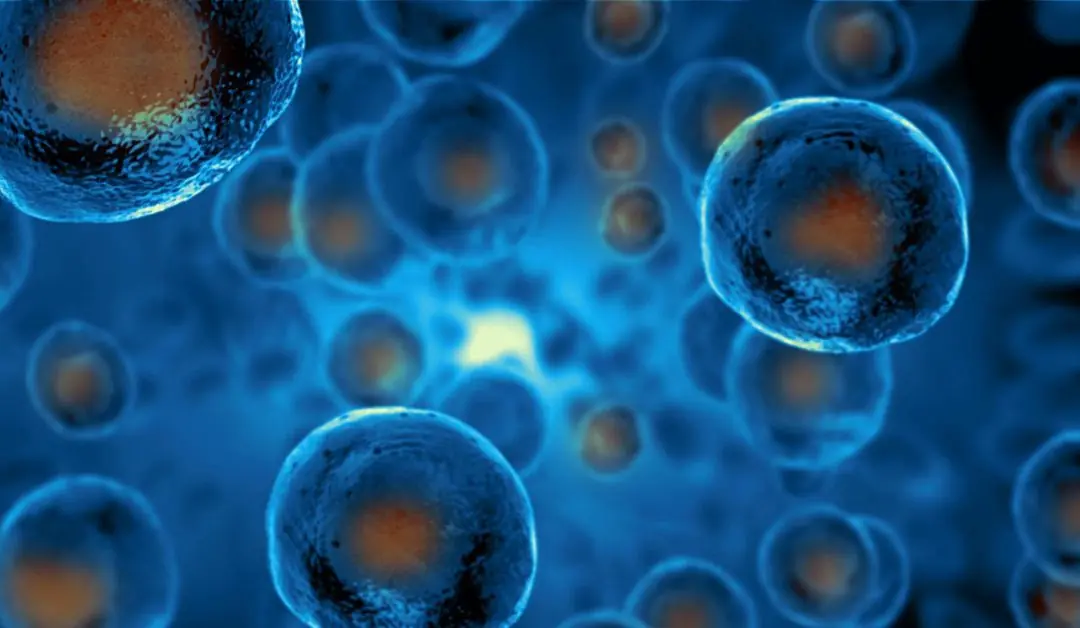
The Power of Water Fasting: Regenerate Your Immune System, Slow Aging, and Boost Health
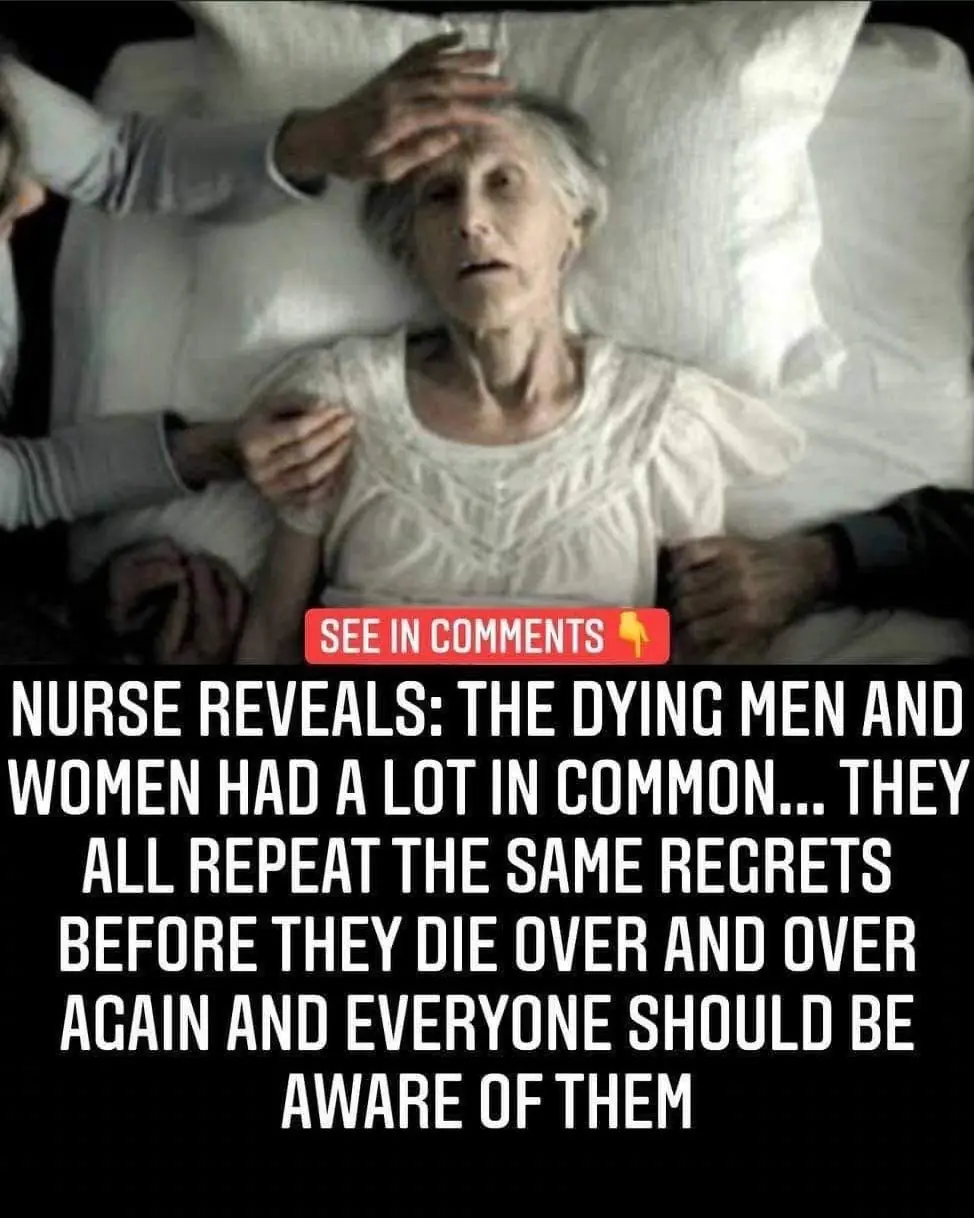
Nurse at palliative care reveals the top 5 regrets of people right before they died
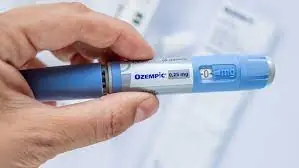
Beyond Weight Loss: Ozempic Users Report Surprising Mental Health and Taste Bud Changes
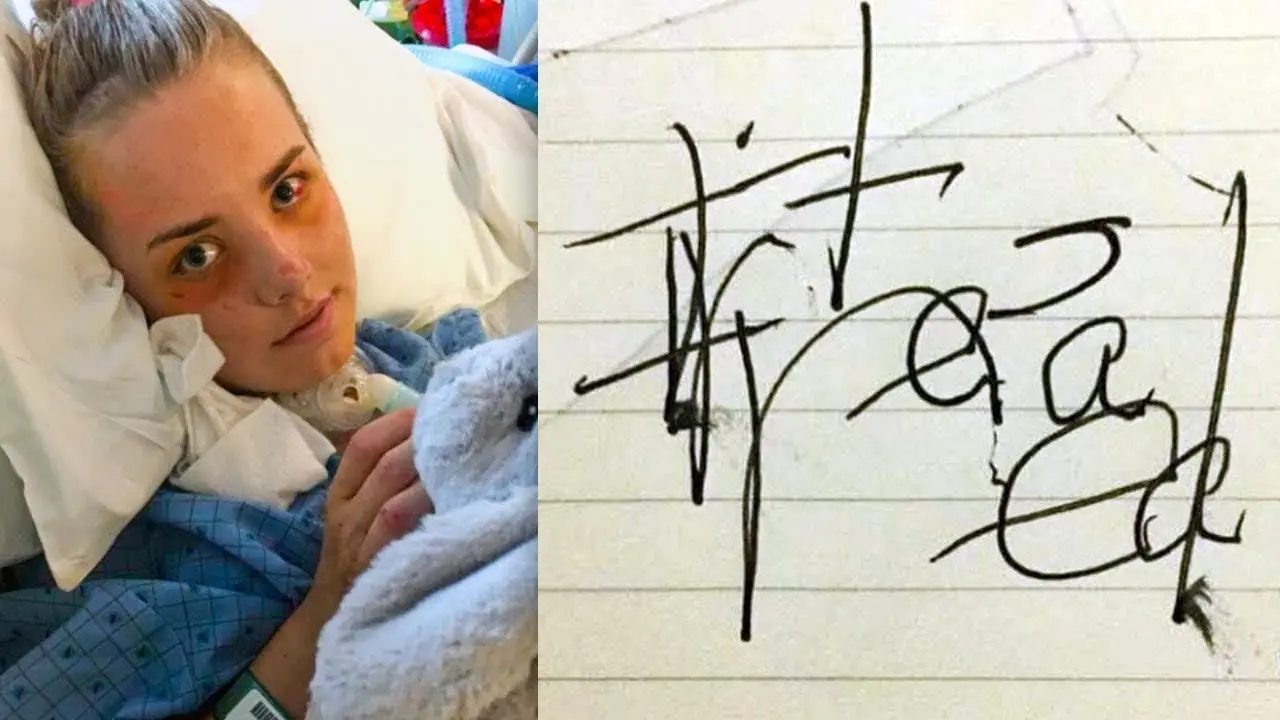
Woman Declared Dead for 27 Minutes Scribbles Haunting Message Upon "Return to Life"
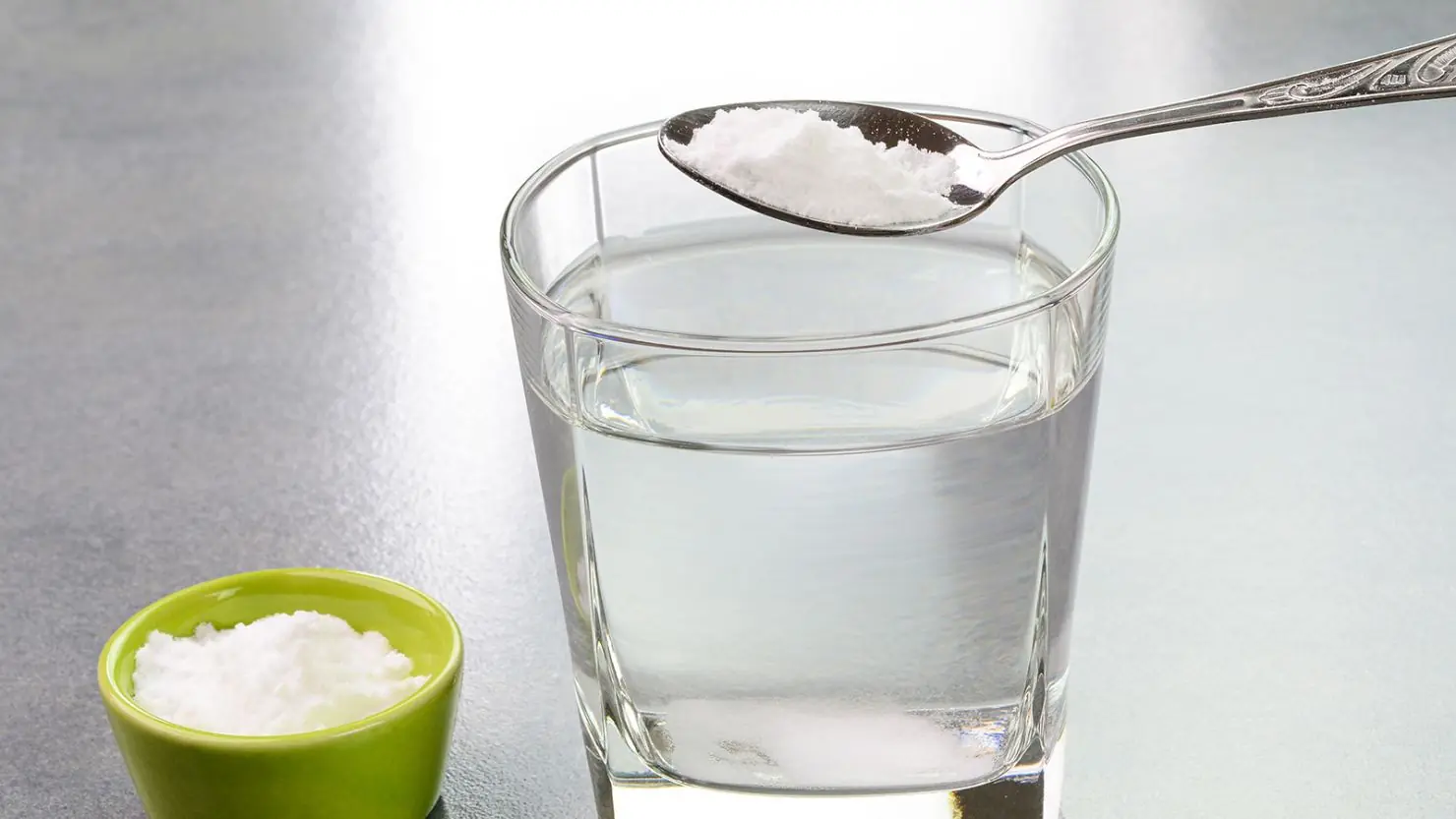
Unlock Health: Surprising Benefits of Drinking Baking Soda Water
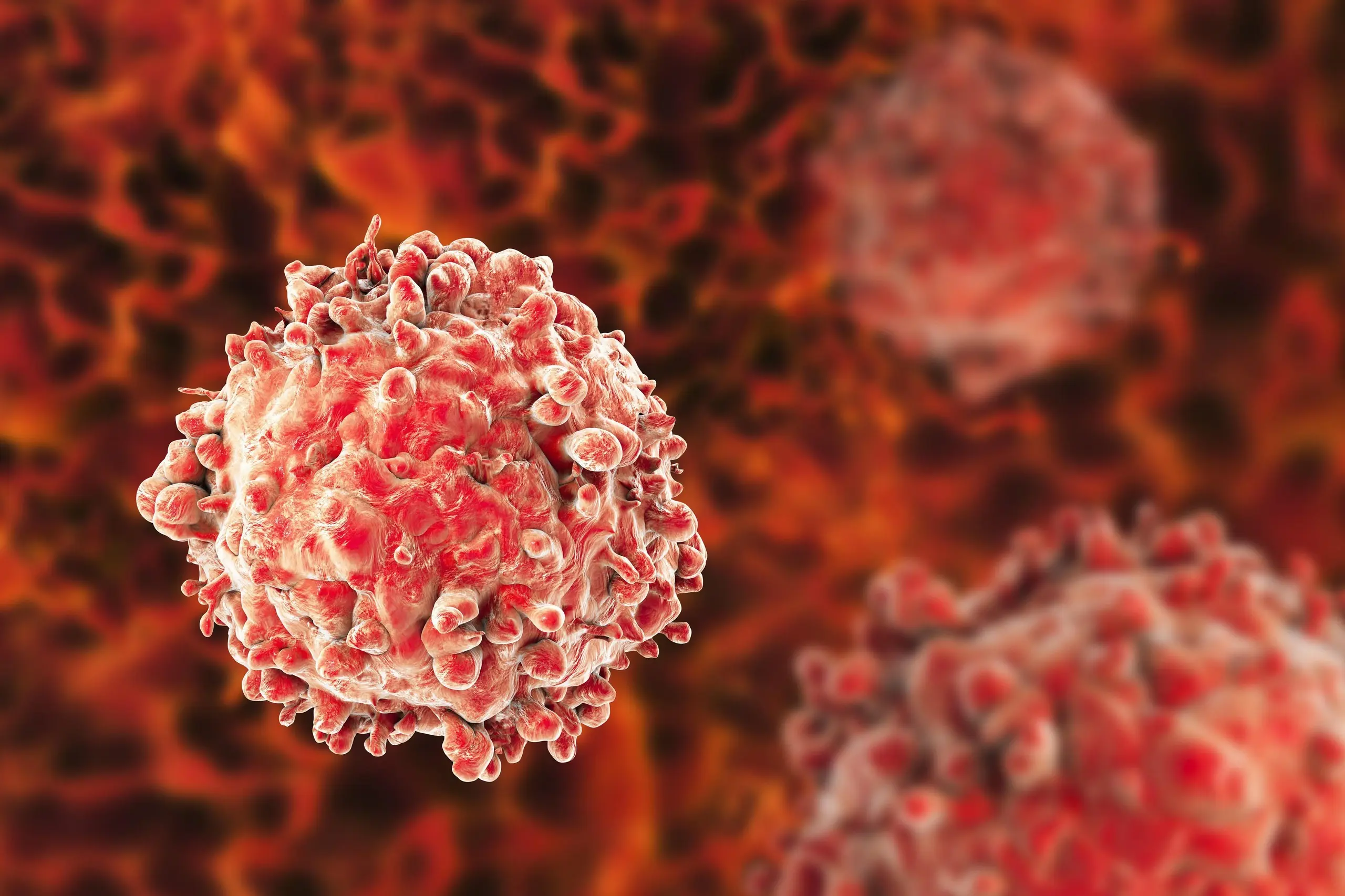
50-Year-Old Man Dies from Destroyed Liver: '2 Pains and 2 Itches' Appearing Abnormally Indicate Liver Disease
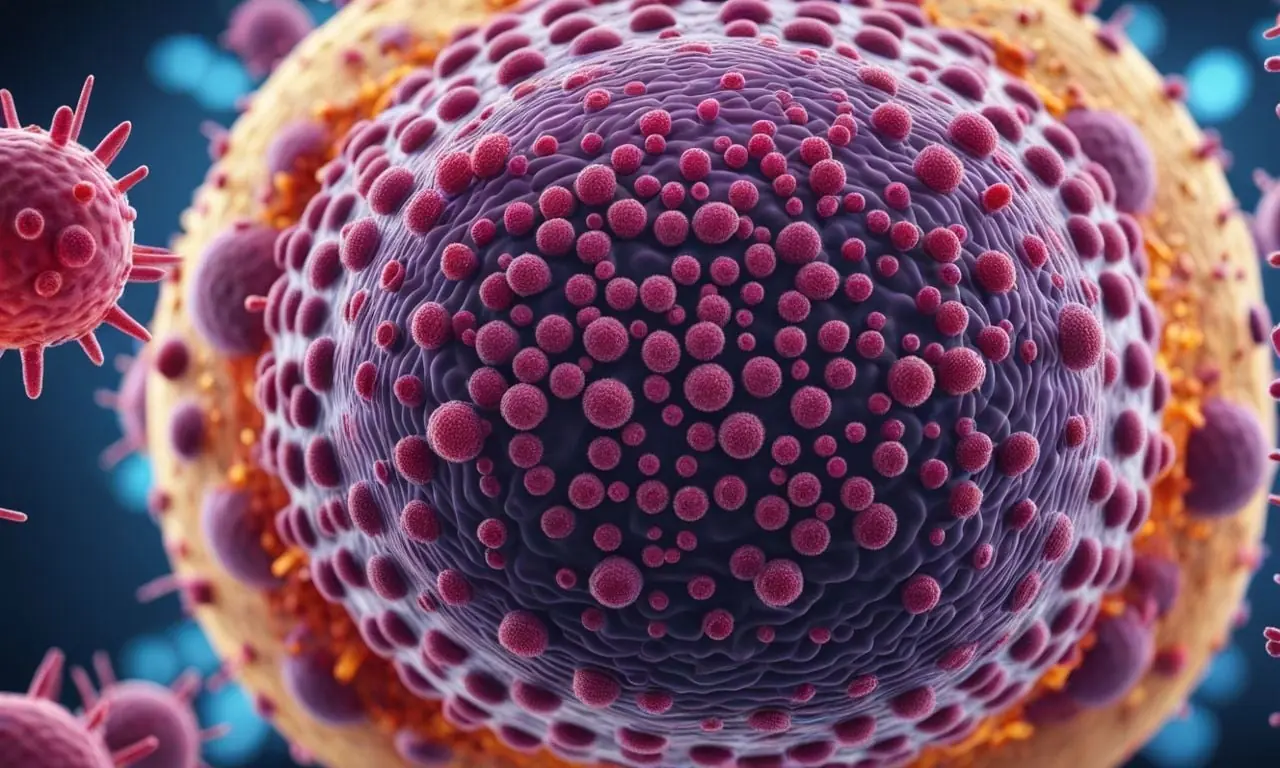
Breakthrough: Doctors Have Found a Way to Transform Cancer Cells Back to Normal
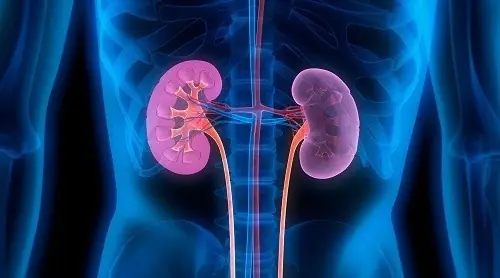
Losing Both Kidneys Before 30: Doctors Warn of 2 Habits That Cause Kidney Failure, Affecting Many People

6 Everyday Foods That Could Be Wrecking Your Thyroid Without You Knowing
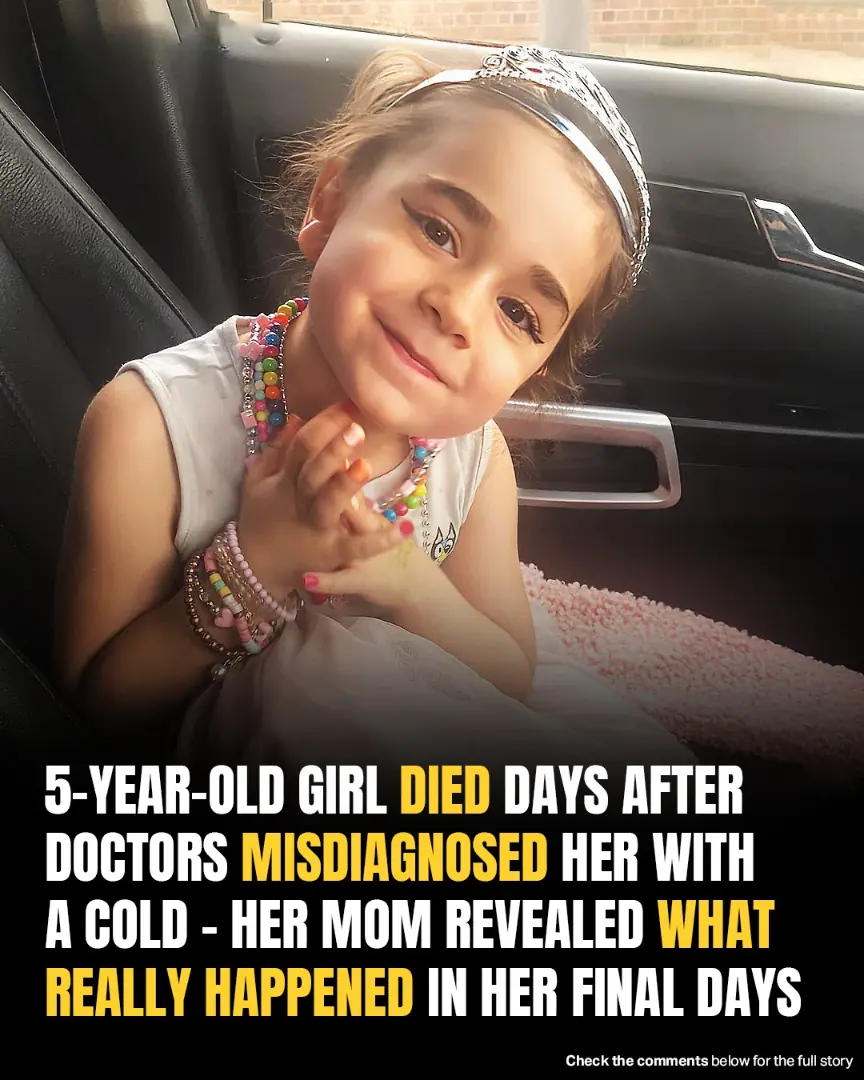
Tragic Medical Error: 5-Year-Old Girl Dies After Doctors Miss This Common Childhood Illness
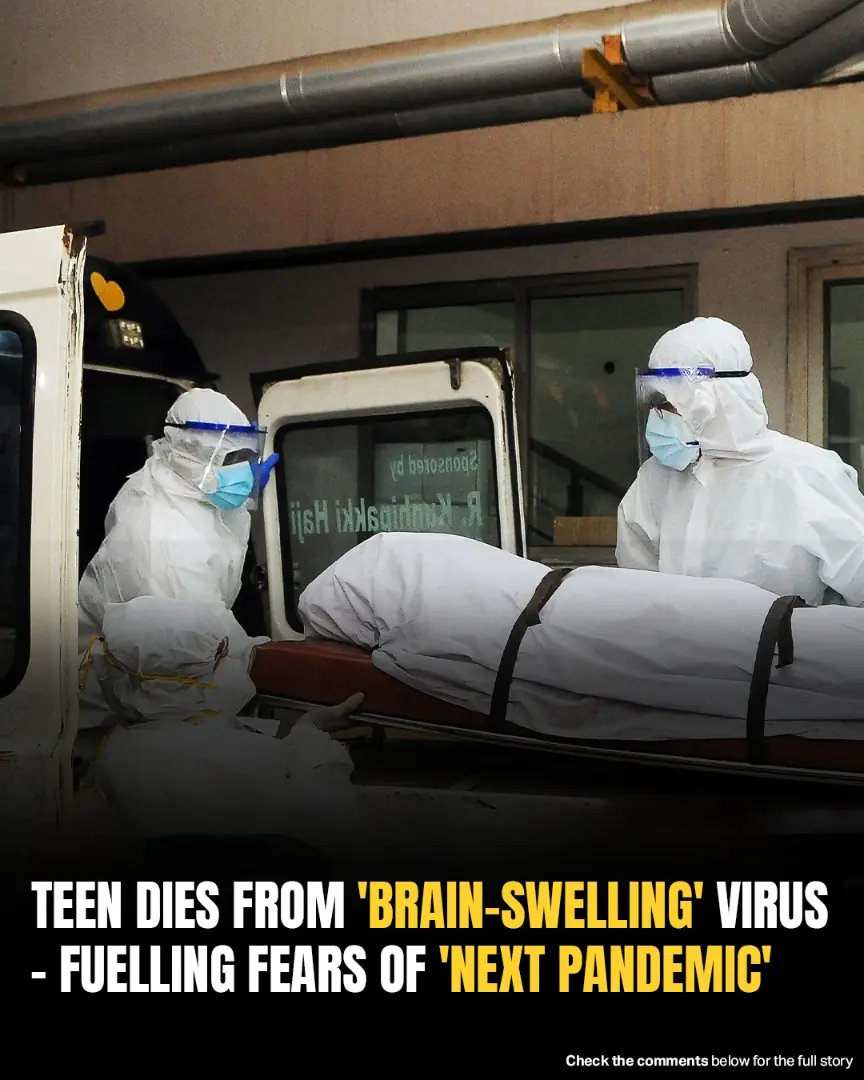
Deadly Bat Virus Claims Teen’s Life In Kerala—Officials Confirm Second Infection
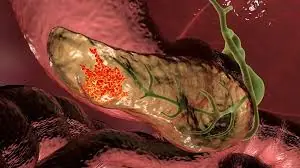
The Progression of Cancer: A Striking Simulation Reveals How the Disease Kills
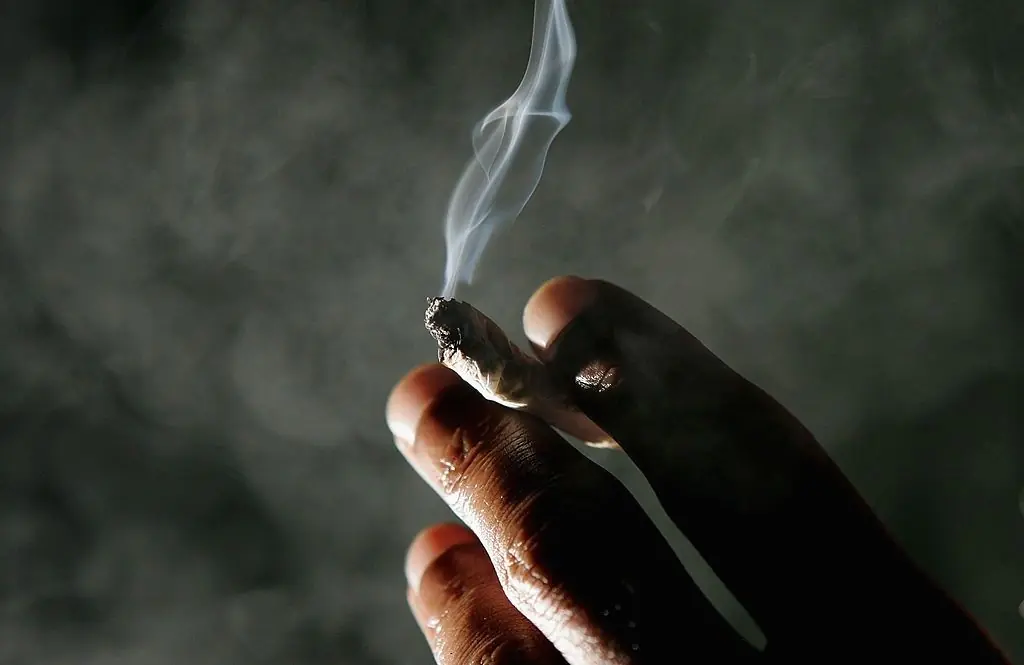
Still Smoking Weed at 30? What Science Says About Your Future

The Silent Sign: 38-Year-Old Dad Reveals His Only Bowel Cancer Symptom Was NOT Blood
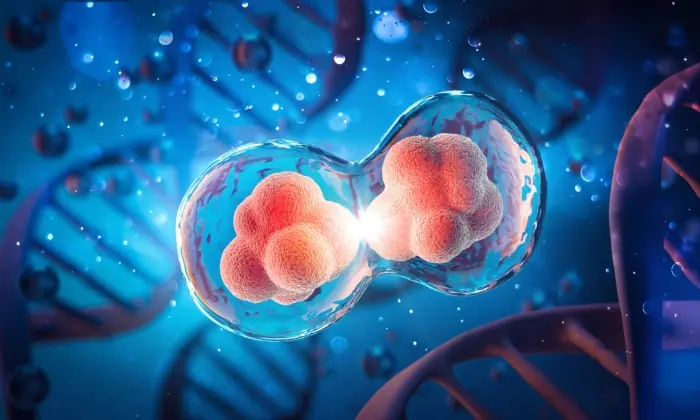
6 Early Cancer Warning Signs in Children: Parents Need to Know Early to Save Their Child
News Post

Person who ‘died for six minutes’ describes heaven and explains why it ‘isn’t what we think it is’

They Filled Plastic Bags With Air Because They Couldn’t Afford Balloons For Their Dad’s Birthday

13 Things From Your Facebook You Should Delete Right Now

"Scariest Photo Ever Taken” – The Sinister Truth Behind This Family Portrait

Global Shift: Seven Countries Reach 100% Renewable Power, Marking A Turning Point In Energy Transition

World’s first hybrid solar cargo ship to sail with 192 panels for 37,500 kWh power yearly

20-Year-Old Teacher Dies from Liver Cancer: Doctor Warns That Odor in 3 Body Areas Could Signal a Failing Liver

Young Woman Dies at 27 from Late-Stage Thyroid Cancer: Doctors Say It's Linked to a Pre-Bedtime Habit

A 43-Year-Old Female Teacher Diagnosed with Two Types of Cancer at Once: Warning Signs Ignored for 6 Months

Ultimate DIY Rice and Flaxseed Serum for Younger, Poreless Skin
This DIY rice and flaxseed serum is a powerful and natural solution for anyone looking to improve their skin’s texture, tighten pores, and achieve a youthful glow.

Beyond the Fruit: Uncovering the Science-Backed Health Benefits of Bananas and Their Peels

Hair Grows Like Crazy and Stops Falling Out – The Best Natural Remedy with Just 3 Powerful Ingredients!
These ingredients are not only backed by science but have also been trusted for centuries in various cultures around the world for their hair-strengthening properties.

The Power of Water Fasting: Regenerate Your Immune System, Slow Aging, and Boost Health
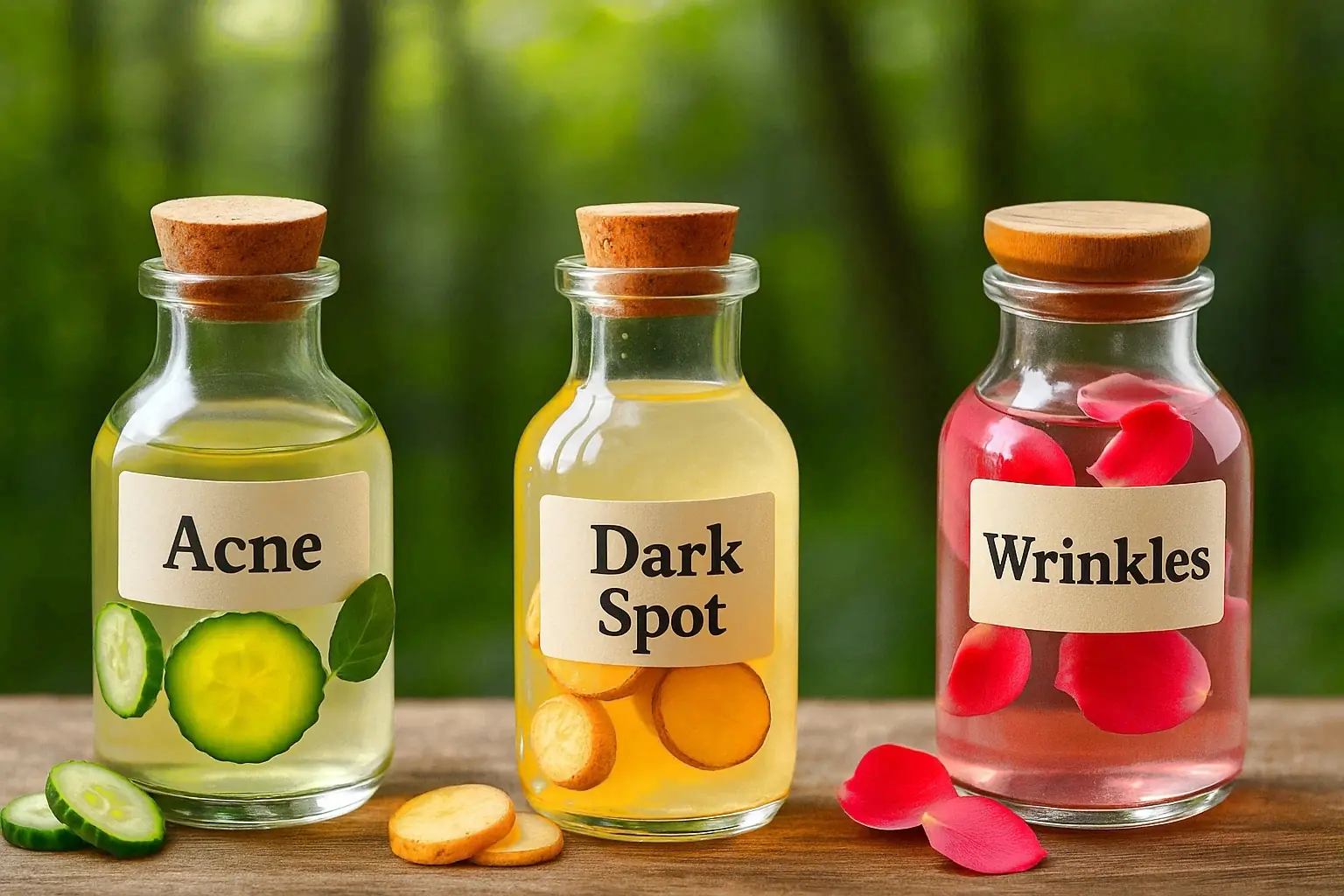
5 Powerful Homemade Skin Toner Recipes to Erase Acne, Clear Dark Spots, and Remove Wrinkles Naturally
These five homemade skin toners are incredibly effective, affordable, and easy to make using natural ingredients you likely already have in your kitchen.

6 Natural Coffee Eye Masks for Dark Circles, Puffiness, and Wrinkles: A Complete Guide to Refresh Your Eyes
Try these six coffee eye masks, gels, and serums, and see the difference they make.

35-Year-Old Man Looks 13—His Secret? He’s Never Touched This One Drink

My Sister-in-Law and Brother Demanded to Use My Credit Card — When I Said No, Their Betrayal Cost Them Dearly
At just 22, Britney’s hard-earned credit card became the battleground for family greed and betrayal. When her refusal sparked hostility, the conflict escalated — exposing selfishness, br0ken trust, and a f!ght for justice.

Husband Leaves Si ck Wife with Baby, But She Teaches Him a Life-Changing Lesson
A story of how a husband’s lack of support during a wife’s illness pushed her to teach him a powerful lesson. What happens when a wife decides she’s had enough of being taken for granted? Read on to find out how she reclaimed her power and showed he

I HELPED PLAN A FAMILY CRUISE FOR MY DAD AND STEPMOM—ONLY TO BE TURNED INTO THEIR NANNY
What happens when a daughter is asked to plan a dream vacation, only to be treated like the family nanny? A heartfelt story of self-discovery and finding the courage to prioritize yourself.